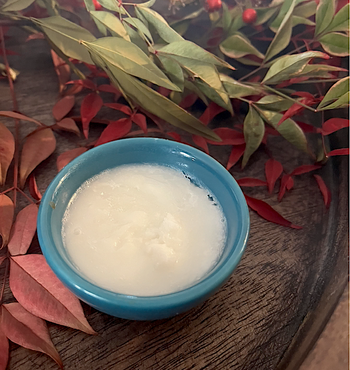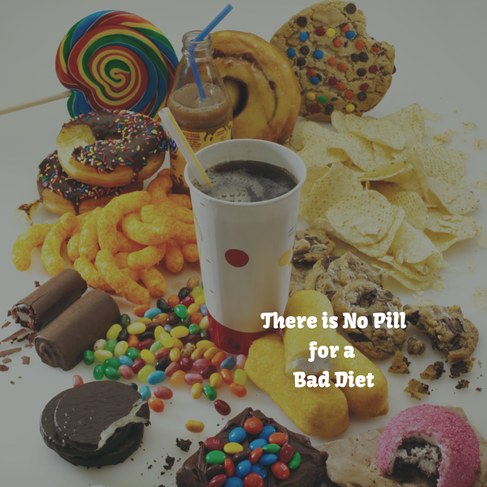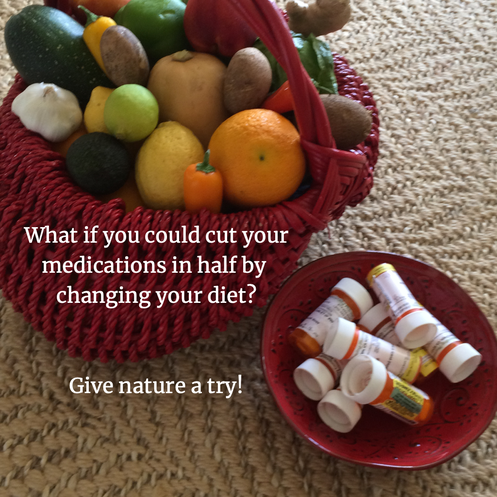 Homemade Toothpaste Recipe Mix equal parts coconut oil solids with baking soda and a drop of a flavorful essential oil. Your body is a machine that works 24 hours a day for you. When toxicity threatens, that machine knows what to do to remove danger from the body and begins to detox the threat as soon as possible. The chore is endless so whatever you can do to reduce the burden is probably a great idea. Trading in commercial toothpaste for a healthier version is one giant step to lessening the burden.
Here is what you can expect to find in commercial toothpaste. Triclosan is an antibacterial added to soaps, toothpaste, cosmetics and body washes with FDA approval. It can also be found in clothing, kitchenware, furniture and toys which are less regulated. Here is what FDA.gov says about Triclosan: Some short-term animal studies have shown that exposure to high doses of triclosan is associated with a decrease in the levels of some thyroid hormones. But we don’t know the significance of those findings to human health. Other studies have raised the possibility that exposure to triclosan contributes to making bacteria resistant to antibiotics. At this time, we don’t have enough information available to assess the level of risk that triclosan poses for the development of antibiotic resistance. There are other ongoing studies that involve the safety of triclosan. One is a study investigating the potential of developing skin cancer after a long-term exposure to triclosan in animals. Another is a study on the potential breakdown of triclosan to other chemicals on human skin after exposure to triclosan to ultraviolet (UV) rays. At this time, neither study has been completed. Sodium Lauryl Sulfate or SLS is a compound classified as a chemical and is responsible for almost everything you know and love that bubbles or foams, like toothpaste, soaps, body wash, shampoo and cleaning products. The problem is that it is responsible for skin irritations, disrupting hormone balance and has suspicious, but unconfirmed links to cancer, neurotoxicity and organ toxicity. According to EWG’s Skin Deep, it is a moderate treat. The real problem is that a “moderate threat” becomes a “dangerous threat” when it is in so many commercial products that the quantities of absorption and ingestion are beyond intended regulated limits. We know that the body will store SLS because of quantities found in the brain, heart and liver. Artificial Sweeteners, a normal additive for toothpaste, all have varying harmful effects. Only natural products like stevia or monk fruit are trustworthy options, having no links to cancer or diabetes. Fluoride is a topic of much debate. The American Dental Association, ADA, stands behind its use but it's good to remember that these are the same people who brought you silver, amalgam fillings containing mercury and claim that storing that mercury in your head will not harm you. The FDA classifies it as a drug. Even if you believe in fluoride as being helpful to teeth, you cannot believe in being drugged without your consent or knowing the proper dosage. In the case of children who ultimately swallow toothpaste and possibly combine that source with fluoridate water, this is a real problem. Propylene Glycol is a humectant in cosmetics, bringing a creamy texture to products. It is also used in industrial antifreeze and the major ingredient in brake and hydraulic fluid. Even though it is a strong skin irritant known to cause liver abnormalities and kidney damage, it is used to improve the consistency of cosmetics and some food products. This compound causes the fatal destruction of red blood cells, yet is one of the most widely used ingredients in cosmetics. It permeates the skin better than glycerin, and causes greater sensitivity reactions. This cancer causing agent, can be found in some dog food as a preservative. With that said, it seems like an unnecessary addition to your toothpaste. In your quest to clean at least some of the toxicity out of your life, trying healthier versions of toothpaste is an obvious choice. *In that quest, be aware that many of the popular health based companies are being bought by Corporate America. For consumers who care, that means reading and deciphering ingredients. Don’t be fooled by “natural” or the addition of an essential oil. So in the end, if you want a simple and cheap alternative try this homemade version of toothpaste. Homemade Toothpaste Recipe Coconut Oil Solids Baking Soda Peppermint Essential Oil Mix equal parts of coconut oil solids with baking soda and a few drops of peppermint or another essential oil. Store in a small jar or dish that can manage any melting of the oil on a hot day. There is no need to refrigerate. *NOTE: Just FYI these are some of the Corporate America purchases of trusted healthy brands. It would seem unwise to buy without investigation, as these manufacturers are responsible for much of the poisoning of humanity. Burt’s Bees is now owned by Clorex Tom’s of Maine is now owned by Colgate Palmolive The Body Shop is owned by L’Orleal Annie’s Homegrown is now General Mills Lara Bar is now General Mills Kashi is Kellogg’s product. Odwalla is owned by Coca Cola Honest Tea is owned by Coca Cola Naked Juice is a Pepsi product |
AuthorSusan Trump Archives
July 2024
Categories
All
|

